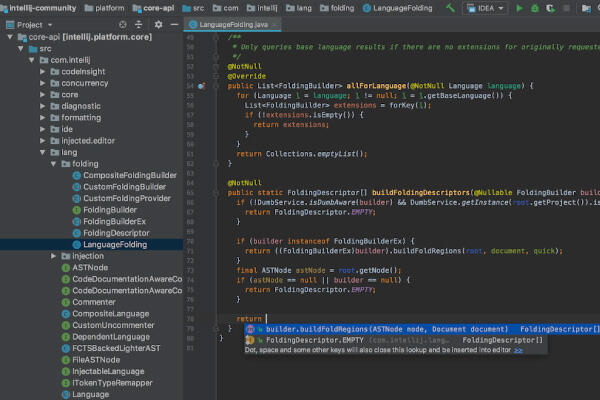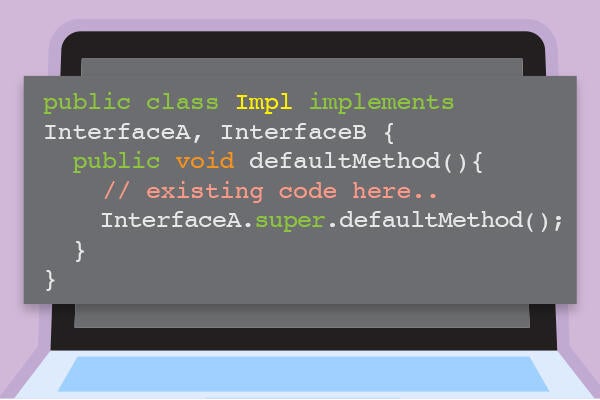
- #JREBEL DOWNLOAD ECLIPSE PLUGIN UPDATE#
- #JREBEL DOWNLOAD ECLIPSE PLUGIN SOFTWARE#
- #JREBEL DOWNLOAD ECLIPSE PLUGIN CODE#
#JREBEL DOWNLOAD ECLIPSE PLUGIN SOFTWARE#
#JREBEL DOWNLOAD ECLIPSE PLUGIN UPDATE#
If you update your VCS-resources outside of your IDE (e. THEREFORE: I recommend to only include the Eclipse target build folder (bin/classes) into the back-references. JRebel does not compare the timestamps of "bin/classes/M圜lass.class" and "target/classes/M圜lass.class" to use the most recent one. bin/classes and target/classes) it uses the first found (usually the one in bin/classes/M圜lass.class).

If you would have two back-referenced resource folders (e.

It uses the FIRST back-referenced resource it finds. If there is a resource in the back-referenced folder then JRebel uses this one. With JRebel, changes to classes are always visible with the Reflection API." ( ) Recommendations "JRebel versions each class individually, instead of an entire application or module at a time – and it does not use classloaders. When the application loads a resource via Classloader the JRebel Classloader is used to check whether the resource under IDE-control (Eclipse, maven) is newer than the one deployed in the applications artifact (jar, war). JRebel adapts the Classloading Mechanism of the running application. The needed rebel.xml within each artifact (jar, war, ear) can be written manually or you can use the maven-jrebel-plugin. Technical Insights IDE-Deployment-Integration the artifacts created by your IDE are integrated into the running deployment (inside or outside of your IDE): JRebel transforms your IDE into a deployment tool. configure application server to use the Eclipse attached source folders (under version control) or the maven generated resource folders (containing.copy task back to the version controlled files needed (if you forget you loose code) works only for JSF resources.for JSF-UI-resources: configure Eclipse to work on JSF-resources directly.webui) in some situations too much overhead very good idea: BUT: for some modules (e.increase maven build and application server redeploy time.There are some approaches to reduce this costs:

Have a look at the white paper, video 1 and video 2 changing the spring context) are possible without restarting the application. a lot of framework-specific refactorings (e. It supports also a wide range of frameworks. JRebel supports real Hot-Swapping of a wide range of refactorings Spring-Boot supports Warm-Restart and also Jetty supports some kind of Hot-Swapping (but still limited - I have heard of). When I used it it was not very reliable (sometimes it worked. In Java 1.5 the Hot-Swap mechanism was introduced but it is very restricted because it allows only method body changes during remote debugging sessions. This process takes - depending on the size of your application - some minutes. ) to the server is usually done this way:
#JREBEL DOWNLOAD ECLIPSE PLUGIN CODE#
Deploying code changes (Java-Classes, JSF-Resources, Spring-Context-Changes.


 0 kommentar(er)
0 kommentar(er)
